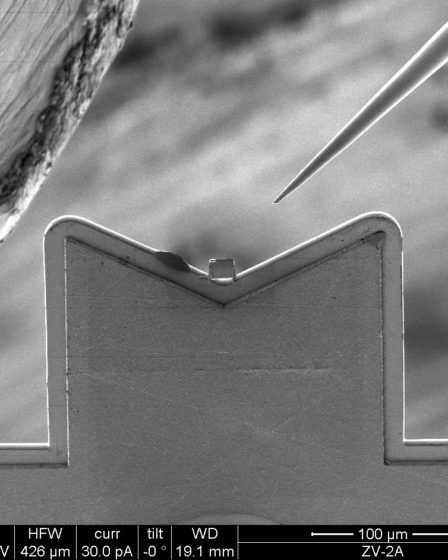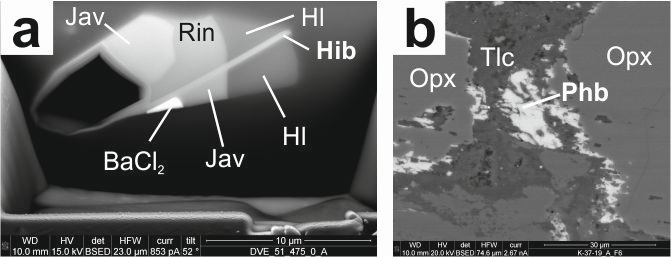Scientists from the Comenius University in Bratislava have discovered a rare new gadolinium mineral in Slovakia

Monazite-(Gd), thenew mineral from Slovakia, found on Prakovce-Zimná voda locality was approved by Commission on New Minerals, Nomenclature and Classification (CNMNC) of International Mineralogical Association (IMA). Although there are ca. 100 new minerals described per year, it is undoubtedly a significant milestone in the field of mineralogy, crystal chemistry, and geochemistry. This new mineral belongs to the group of nominally anhydrous monoclinic REE phosphates. Among them, monazite-(Ce) is the most common end-member, which, however, with zircon is one of the most studied minerals in geosciences, widely used in geochronology, geochemistry, environmental mineralogy and material science. Similarly, it is a principal economic source of rare earth elements together with REE carbonates. In addition to monazite-(Ce); monazite-(La), monazite-(Nd), and monazite-(Sm) occur as rare minerals in nature, and their names follow the Levinson suffix for rare earth minerals (lanthanides Ln and yttrium Y = REE). Newly described monazite-(Gd) is unique due to Gd-dominance on the crystallographic cationic site and shows the highest published Gd content in natural minerals (<23 wt.% Gd2O3). It is only the second Gd-dominant mineral worldwide after lepersonnite-(Gd), which, however, contains relatively low absolute concentration of essential Gd (2.1 wt% Gd2O3).
Gadolinium-dominant minerals are generally quite rare in nature due to the low absolute abundance of Gd, which is relative to other, more abundant REE (La-Sm, Y) in the Earth’s lithosphere. Selective enrichment of Gd or other individual MREE and HREE in terms of absolute abundances is a rare geochemical process which occurred as a rather, localized anomaly under specific conditions. The monazite-(Gd) is formed by geochemical processes that lead to selective enrichment of hydrothermal fluid by medium rare earth elements (MREE) and with a conspicuous maximum at Gd. Here, the newly approved monazite-(Gd) occurs in association with other REE phosphates and silicates enriched in Gd. The research of these geochemical processes and formation of monazite-(Gd) and other Gd-rich minerals during hydrothermal remobilization of REE and alteration of uranium minerals such as uraninite and brannerite was provided on top analytical instruments by an international collective of scientists from Slovakia, Germany and Czech Republic. The scientific report of Ondrejka M., Uher P., Ferenc Š., Milovská S., Mikuš T., Molnárová A., Škoda R., Kopáčik R a Bačík P.: Gadolinium-dominant monazite and xenotime: selective hydrothermal enrichment of middle REE during low-temperature alteration of uraninite, brannerite and fluorapatite (the Zimná Voda REE-U-Au quartz vein, Western Carpathians, Slovakia) has been accepted for a peer-reviewed publication in a prestige mineralogical journal American Mineralogist (doi: 10.2138/am-2022-8418). The approved proposal IMA 2022-055 of monazite-(Gd) has been submitted by Ondrejka M., Uher P., Ferenc Š., Majzlan J., Pollok K., Milovská S., Mikuš T., Molnárová A., Škoda R., Kopáčik R., Orovčík Ľ. a Bačík P.










